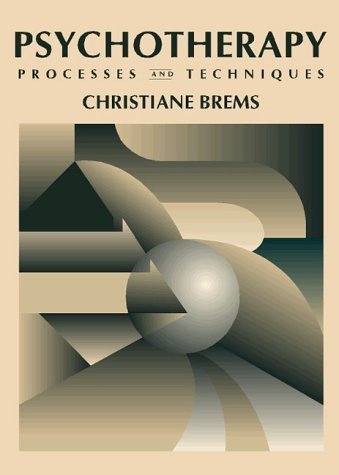Psychotherapy: Process and Techniques represents a unique contribution to the existing psychotherapy literature because of its comprehensive and pragmatic nature. The text is organized into three parts that are conceptualized to parallel the therapy process, and provides a relatively theory-free super-structure for working with psychotherapy clients. The three parts provide the comprehensive underpinnings for the theory and pragmatics outlined in this text, namely assessment, therapy process, and termination. In addition to its emphasis on conceptualization and the theoretical super-structure for therapy, the book has a strong pragmatic focus that offers practical guidelines for common occurrences over the course of a client's treatment. Readers will benefit from the clear framework and suggested interventions that can be used to accommodate the special needs and circumstances of their clients.
Written in an engaging and concise manner that appeals to both students and professionals, Dr. Brems provides an organized conceptual model for understanding the overall therapy process from a perspective that is applied to most, if not all, schools of thought.
Psychotherapy: Process and Techniques represents a unique contribution to the existing psychotherapy literature because of its comprehensive and pragmatic nature. The text is organized into three parts that are conceptualized to parallel the therapy process, and provides a relatively theory-free super-structure for working with psychotherapy clients. The three parts provide the comprehensive underpinnings for the theory and pragmatics outlined in this text, namely assessment, therapy process, and termination. In addition to its emphasis on conceptualization and the theoretical super-structure for therapy, the book has a strong pragmatic focus that offers practical guidelines for common occurrences over the course of a client's treatment. Readers will benefit from the clear framework and suggested interventions that can be used to accommodate the special needs and circumstances of their clients.
Written in an engaging and concise manner that appeals to both students and professionals, Dr. Brems provides an organized conceptual model for understanding the overall therapy process from a perspective that is applied to most, if not all, schools of thought.
